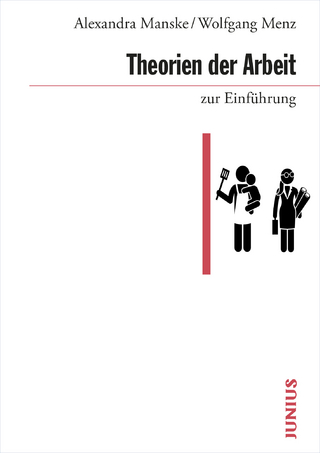
Dying in Old Age
U.S. Practice and Policy
Seiten
2020
Routledge (Verlag)
978-1-138-49689-7 (ISBN)
Routledge (Verlag)
978-1-138-49689-7 (ISBN)
Dying in Old Age: US Practice and Policy examines how 'predictable death’ in the U.S has important consequences for the way society structures its health care system, law, and labor market.
Three-quarters of deaths in the U.S. today occur to people over the age of 65, following chronic illness. This new experience of "predictable death" has important consequences for the ways in which societies structure their health care systems, laws, and labor markets. Dying in Old Age: U.S. Practice and Policy applies a sociological lens to the end of life, exploring how macrosocial systems and social inequalities interact to affect individual experiences of death in the United States.
Using data from the National Health and Aging Trends Study and Pew Research Center Survey of Aging and Longevity, this book argues that predictable death influences the entire life course and works to generate greater social disparities. The volume is divided into sections exploring demography, the circumstances of dying people, and public policy affecting dying people and their families. In exploring these interconnected factors, the author also proposes means of making "bad death" an avoidable event.
As one of the first books to explore the social consequences of end of life practice, Dying in Old Age will be of great interest to graduate and advanced undergraduate students in sociology, social work, and public health, as well as scholars and policymakers in these areas.
Three-quarters of deaths in the U.S. today occur to people over the age of 65, following chronic illness. This new experience of "predictable death" has important consequences for the ways in which societies structure their health care systems, laws, and labor markets. Dying in Old Age: U.S. Practice and Policy applies a sociological lens to the end of life, exploring how macrosocial systems and social inequalities interact to affect individual experiences of death in the United States.
Using data from the National Health and Aging Trends Study and Pew Research Center Survey of Aging and Longevity, this book argues that predictable death influences the entire life course and works to generate greater social disparities. The volume is divided into sections exploring demography, the circumstances of dying people, and public policy affecting dying people and their families. In exploring these interconnected factors, the author also proposes means of making "bad death" an avoidable event.
As one of the first books to explore the social consequences of end of life practice, Dying in Old Age will be of great interest to graduate and advanced undergraduate students in sociology, social work, and public health, as well as scholars and policymakers in these areas.
Sara M. Moorman is Associate Professor of Sociology at Boston College, and a fellow of the Gerontological Society of America. In addition to death and dying, Moorman studies life course predictors of cognitive function in older adulthood, as well as psychosocial experiences in older adults’ personal relationships.
1.The Predictable Death 2.The Demography of Death Part 1: Private Troubles 3.Life’s Final Weeks 4.Care for the Dying 5.Social Isolation Part 2: Public Issues 6.Medicare and Medicaid 7.Advance Care Planning 8.Euthanasia 9.Conclusions
| Erscheinungsdatum | 16.09.2020 |
|---|---|
| Reihe/Serie | Society and Aging Series |
| Zusatzinfo | 21 Tables, black and white |
| Verlagsort | London |
| Sprache | englisch |
| Maße | 152 x 229 mm |
| Gewicht | 408 g |
| Themenwelt | Sozialwissenschaften ► Soziologie ► Mikrosoziologie |
| ISBN-10 | 1-138-49689-8 / 1138496898 |
| ISBN-13 | 978-1-138-49689-7 / 9781138496897 |
| Zustand | Neuware |
| Haben Sie eine Frage zum Produkt? |
Mehr entdecken
aus dem Bereich
aus dem Bereich
Eine Einführung in Theorien, Konzepte und ausgewählte …
Buch | Softcover (2024)
Springer Fachmedien Wiesbaden GmbH (Verlag)
34,99 €


